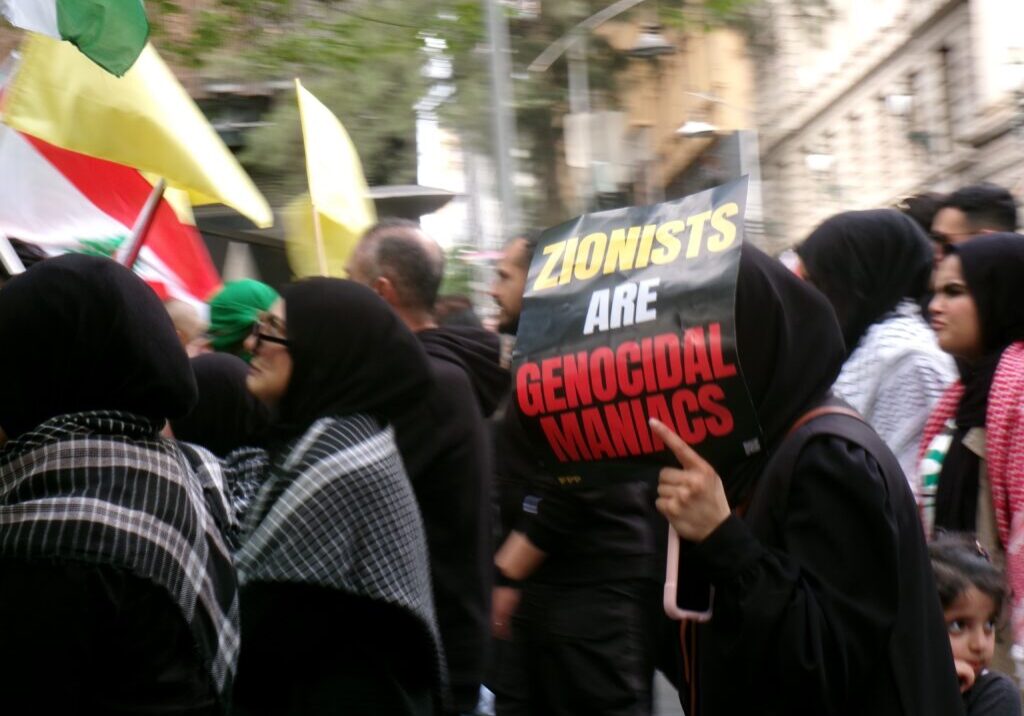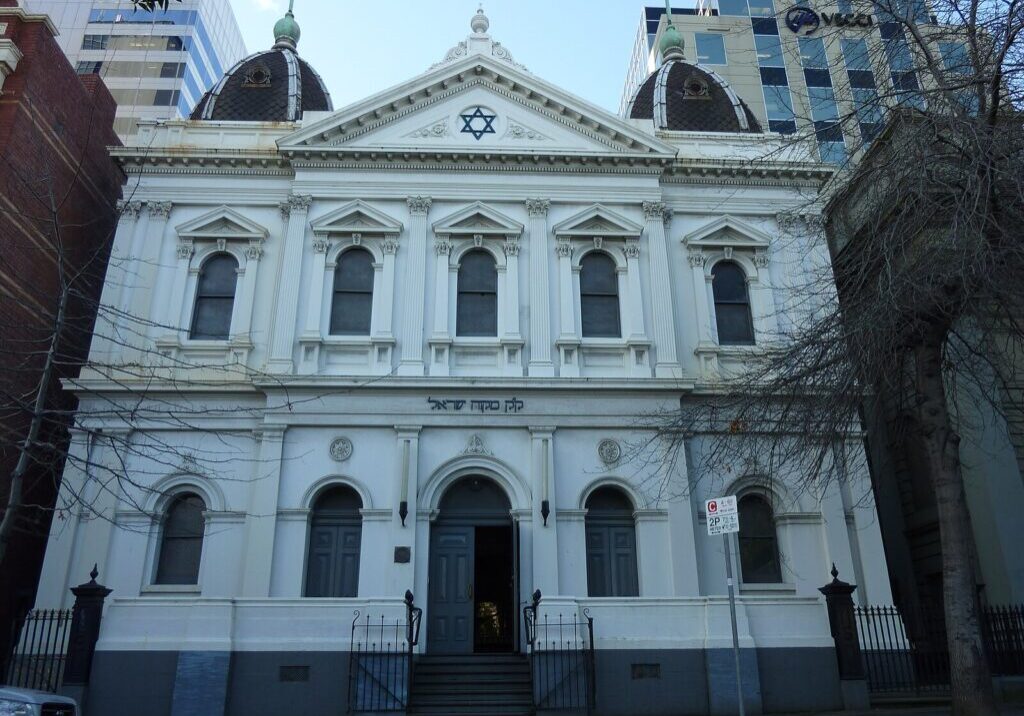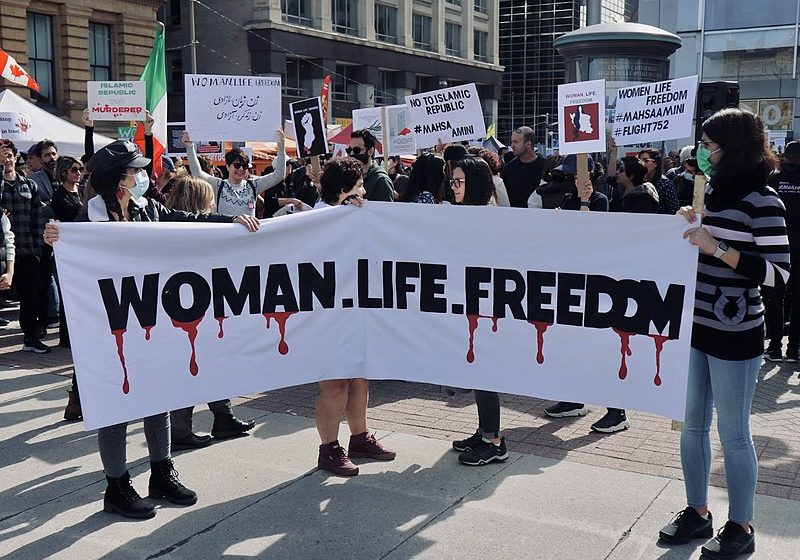Australia/Israel Review
How to stop Iran’s proxy terrorists
Mar 4, 2022 | Bradley Bowman, Joe Truzman, Ryan Brobst

The United States sent F-22 fighter jets to the United Arab Emirates on Feb. 12, following last month’s Houthi missile attack on an Emirati base hosting American troops. While the added firepower is a welcome development, such deployments will not deter the Houthis or other Iranian proxies unless the hardware is reinforced by coordinated action by the US, Israel, and Arab partners.
Recognising that Hamas, Hezbollah, and the Houthis have the same benefactor and share many of the same goals, methods, and weapons is an essential prerequisite for developing a more cooperative and effective regional response. That response should include the US, Israel, Saudi Arabia, and the UAE sharing technical information on Iranian weapons, especially the rockets, missiles, and drones that all three proxies operate. This could include sharing intelligence about the smuggling routes Teheran uses to deliver weapons to proxies and the financial vehicles Iran uses to fund its proxies. Israel and Gulf Arab states, along with US Central Command, should also build on recent progress related to combined military exercises. There are specific opportunities associated with the recurring Noble Dina, Blue Flag, and Iron Union exercises.
Teheran has long used terrorist groups to attack, undermine, and control other regional governments, such as with Hamas in Gaza, Hezbollah in Lebanon, and the Houthis in Yemen. Iran would rather its adversaries remain divided and distracted, attempting to respond unilaterally and without holding Teheran accountable for the actions of its proxies. To be sure, the origins and attributes of the three terrorist groups vary. They also come from various religious backgrounds, be it Sunni like Hamas, Twelver Shi’ite like Hezbollah, or Zaydi Shi’ite like the Houthis. But they share many similarities thanks to their links to the ultra-radical regime in Teheran, to which the three terrorist groups owe much of their resilience and lethality.
Consider, for example, the fact that Hamas, Hezbollah, and the Houthis are united in their desire to kill Americans, Israelis, and often other Arabs.
The Houthis have attacked US forces on at least two occasions. In 2016, the Houthis fired anti-ship cruise missiles at the USS Mason, a Navy destroyer operating in international waters near Yemen. The Houthis attacked American forces again in January by launching ballistic missiles at the Al Dhafra Air Base, which houses US forces. Notably, Hezbollah and Hamas praised that Houthi attack, while Israel condemned it and expressed support for Abu Dhabi.
Hamas and Hezbollah, both US-designated foreign terrorist organisations, have been more successful than the Houthis in killing Americans. Indeed, Hamas has killed dozens of US citizens, while Hezbollah is responsible for the deaths of hundreds of Americans.
Israelis, of course, have suffered at the hands of Iranian-supported terrorist groups Hamas and Hezbollah too. That hostility is not surprising given that the founding principles or documents of both groups call for the destruction of Israel. The Houthi slogan of “Death to America, Death to Israel, Curse the Jews, Victory to Islam” aligns with Hamas, Hezbollah, and their common patron, Iran.
Lately, the Houthis have been particularly prolific in attacking Saudi Arabia, more than doubling their attacks against the kingdom in the first nine months of 2021.
The longer Washington and its partners fail to effectively address the flow of Iranian weapons to the Houthis, the more they will fight and refuse to negotiate in good faith, conditions in Yemen will worsen, and the group will become a more significant regional threat. January’s Houthi missile attacks suggest this is already happening.
The weapons Hamas, Hezbollah, and the Houthis use reveal their connections to Iran. Iran has supplied or attempted to supply each group with the 9M133 anti-tank guided missile, the C-704/802 anti-ship cruise missile, and 122mm Katyusha rockets. They also all use variants of the Iranian Ababil-T drone and the Fajr-3/5 rockets.
In May 2021, Hamas publicly thanked Iran for supplying military support during the terror group’s war with Israel earlier that month. The support enabled Hamas and other Iran-backed factions in Gaza to launch more than 4,360 rockets at Israeli civilians during the 11-day conflict. If it were not for Israel’s Iron Dome air defence system and bomb shelters, those attacks could have killed thousands of civilians.
But that barrage pales in comparison to what Hezbollah could unleash on Israel; thanks to Teheran, Hezbollah is estimated to have at least 150,000 rockets and missiles.
Iran’s additional efforts to provide its terrorist proxies with anti-ship cruise missiles are particularly worrisome. Hamas, Hezbollah, and the Houthis each operate near vital military and commercial waterways. Hamas has recently experimented with undersea drones to threaten offshore infrastructure and vessels in the eastern Mediterranean not far from the Suez Canal. Hezbollah damaged the INS Hanit, an Israeli Navy corvette, in 2006, and the group could easily target other vessels. Houthis have already targeted shipping in the Red Sea and the Gulf of Aden. Combined with Iran’s own capabilities in the Persian Gulf and Strait of Hormuz, Teheran and its proxies can threaten several of the world’s most important maritime chokepoints.
The three terrorist groups also have shown a disdain for human rights, emulating Iran’s example. Hamas and Hezbollah commonly use torture to interrogate Palestinians and Lebanese they detain, while the Houthis maintain an extensive prison network rife with abuse. All three organisations recruit child soldiers to fight their battles, with Hamas operating military training camps for minors and Houthi commanders openly bragging about their use of children.
Revealing their disregard for other Arabs, the Houthis, Hamas, and Hezbollah each use innocent neighbours as human shields. Each group habitually hides weapons caches and offensive weapons in or near apartment buildings, schools, or other civilian areas.
During the May 2021 conflict, Hamas and Palestinian Islamic Jihad, which Teheran also supports, made extensive use of human shields. In one example, footage shared by pro-Hamas channels shows rockets being launched at Israel from neighbourhoods in Gaza.
By using terrorist proxies, the regime in Iran is attempting to attack its neighbours while concealing where the blow came from and escaping the consequences. Washington, Jerusalem, Riyadh, Abu Dhabi, and other regional partners should recognise that these terrorist attacks all bear Teheran’s fingerprints. Better to address the puppet master together than fight its puppets alone.






